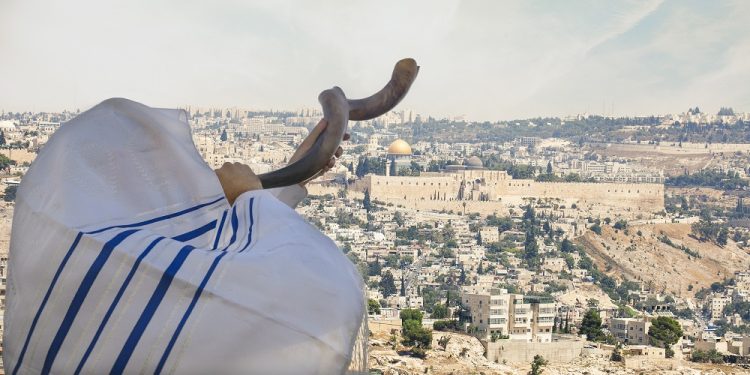
Yom Kippur
On Rosh Hashanah, it is written, and on Yom Kippur, it is sealed…” This is the last chance for Jews to repent and to get themselves sealed in the Book of Life for the coming year. For the past ten days, they have been doing all they can to prove themselves worthy of forgiveness:
- tashlich (a ritual in which a person casts bread crumbs into the sea, thus symbolically ridding themselves of sins)
- kapparot (a ritual in which a person symbolically transfers their sins onto a chicken or an amount of money, either of which is then donated to charity)
- giving extra charity
- asking forgiveness from each other
- taking on extra stringencies in various areas of Jewish practice
All this preparation leads up to the most solemn day of the year. But it is also the most holy, in which humans are compared with angels, and even as they are repenting, they are joyous in their knowledge that they will be forgiven by God who loves them.
It is one of the most universally observed holidays of the Jewish calendar, probably even more so than Passover, with many secular Jews also attending synagogue and fasting on this day. Of course, children and sick people who are unable to fast may not do so, and putting themselves in danger by attempting to fast against medical advice is considered a grave sin.
The Yom Kippur prayers consist of five services. Maariv, the evening service, begins with Kol Nidrei, a community-wide annulment of all vows taken knowingly or unknowingly in the past year. It then continues with the usual evening service, but sung by the cantor in a melancholy chant and with a few additions to mark Yom Kippur.
The morning service the next day includes the usual beginning blessings and psalms (Pesukei D’Zimra) and, beginning with the blessings before the Shema, starts again with the theme of repentance. The Torah reading for the day describes the Temple service of the High Priest on Yom Kippur, and the Haftarah is a selection from Isaiah which focuses on the proper method of repentance.
There are five prohibitions on Yom Kippur. Even those who must for medical reasons not fast on Yom Kippur will refrain from washing, anointing their bodies, wearing leather shoes, and having marital relations.
In addition, Yom Kippur is called “the Sabbath of Sabbaths,” so all of the usual prohibitions of Shabbat are in place, with the one exception of blowing the Shofar – and even that is rabbinically prohibited when Yom Kippur actually falls on Shabbat.
Due to the problems that would arise if Yom Kippur were to fall on a Thursday night and Friday, or a Saturday night and Sunday (for the Sabbath, on which one must eat and be happy, may conflict with Yom Kippur and vice versa), the rabbis set up the Jewish calendar in such a way that Yom Kippur will never fall on either of these two days of the week.
When is Yom Kippur?
Yom Kippur is observed on the 10th day of Tishrei, the seventh month of the Jewish calendar. It is only a floating holiday with respect to the Gregorian Calendar.








